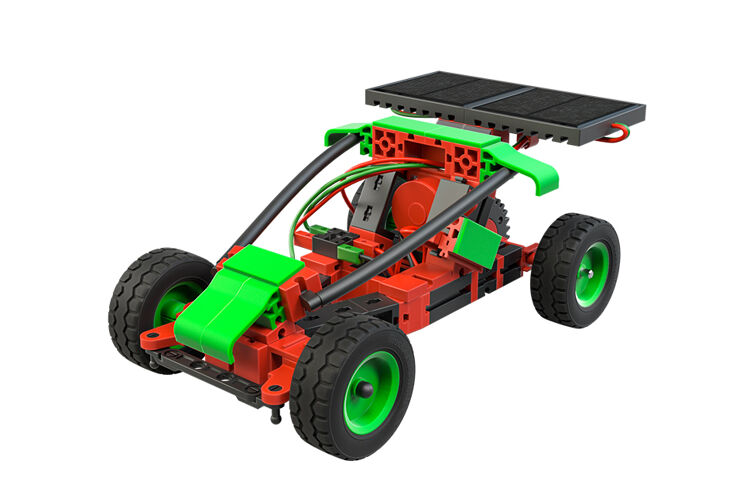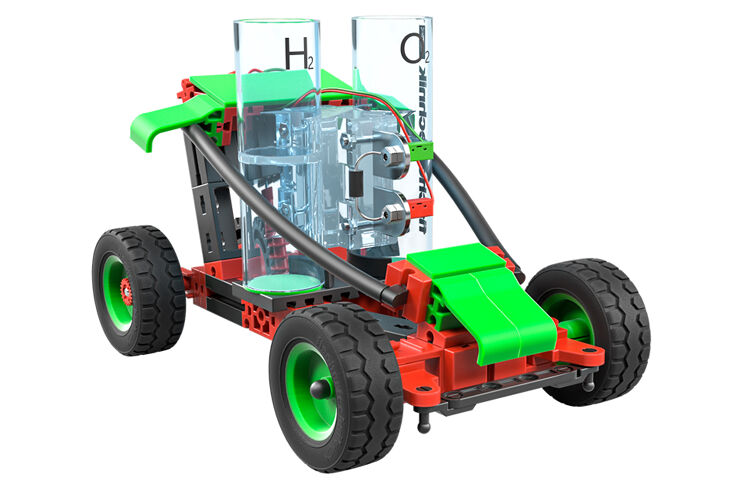- Home
- Toys
- E-Learning
- Green Energy
We all consume huge quantities of energy every day. Where does it all go, you might ask? Let's think about a normal daily routine any of us might have:
In the morning, your clock radio wakes you up with an alarm. It draws electricity from an outlet. After you get up, you turn on the light, and take a shower with hot water from a central heating system that is heated by burning oil or gas. Then you dry your hair using an electric hair dryer, and brush your teeth with an electric toothbrush. For breakfast, you make a cup of coffee or tea. You boiled the water for it in an electric kettle. Before you went to bed, you made yourself a sandwich for lunch and stored it in the refrigerator.
You ride to school on the bus or trolley, or your parents drive you in their car. The bus, trolley and car all use fuel. We could go on counting the ways you use energy throughout your day. The list would seem endless! To put it briefly: all of us need large amounts of energy.

Energy from oil, coal and nuclear power
And where does all that energy come from? We generate the majority of it from fossil fuels like gas, oil and coal. Some of our electricity also comes from nuclear energy. However, these types of energy do have various disadvantages:
Alternative energy sources are the solution!
These are all good reasons to look closer at alternatives that are environmentally-friendly and available in almost unlimited supply. These types of alternative energy are available to us, and are called renewable energy. In the Green Energy building set, you will be learning about how power is produced from:
Water, wind, sun
In contrast to fossil fuels, these energy sources are unlimited and does not have the disadvantages indicated above.
You will complete a variety of tasks to learn how to generate and store electricity using these energy sources to power fischertechnik models.
In addition to the renewable energy sources introduced in this building set, the H2 Fuel Cell Car building set includes a true highlight of renewable energy – the fuel cell. You can operate models you are already familiar with from the Green Energy building set using this energy source, as well as other interesting technical models.
